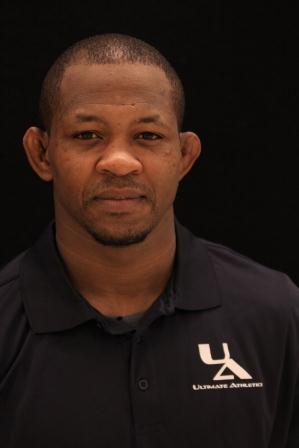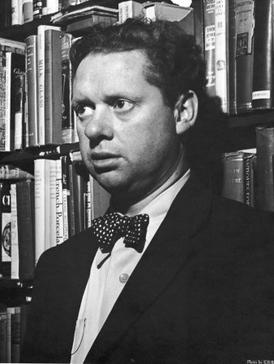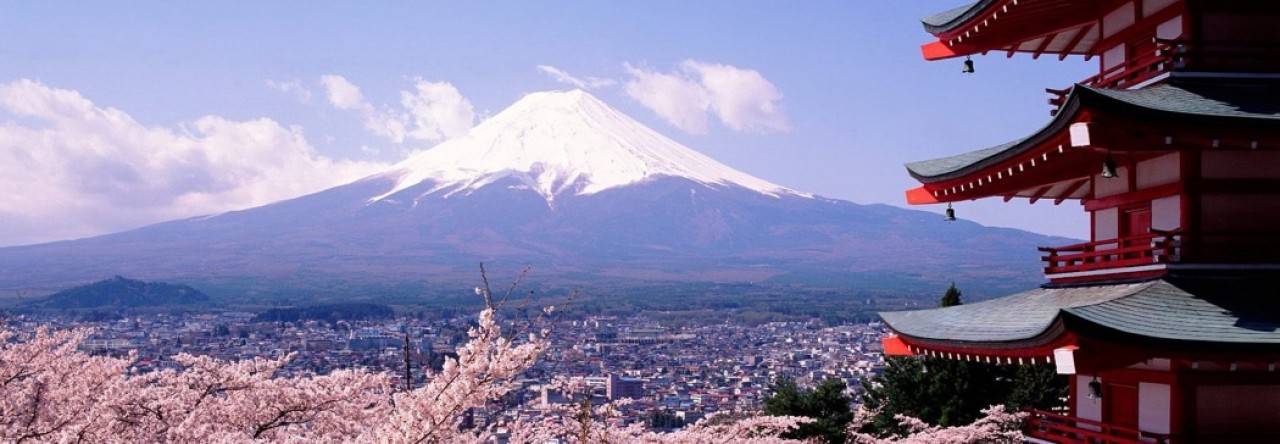
When Rene Nazare-Azvedo was 10 years old, a pack of armed bandits ransacked his home and put a gun to his father’s head. Having captured Nazare’s papa just footsteps away from their home in Teresópolis, Brazil, the nighttime outlaws demanded that he open the locked door to where his wife and sons stood in trembling dread.
A long-time student of capoeira, his father somehow knocked away the .38 pistol from his temple and fended off the others before fleeing inside. Nazare and the others had to then fight to prevent the faceless men from barging their way through the door. Eventually, they gave up and rescinded into the darkness.
Today Nazare has become a rising MMA fighter with Team Bombsquad and head black belt martial arts instructor at Ultimate Athletics in the Ithaca Mall.
“I can count at least three times when God truly saved me and my family,” he said. “That was the first. The second was when I found jiu-jitsu.”
While Teresópolis is set in Brazil’s mountainous hinterlands, its residents have long fallen into a poverty trap that has led to an upsurge in crime and destitution. It had originally been founded by runaway slaves and indigenous peoples who took refuge in the rainforests surrounded by magnificent towering peaks, such as Dedo de Deus, or “God’s Finger.” It has since grown to a city of more than 150,000.
Nazare described his rough-and-tumble upbringing as being focused on the streets more than in the classrooms, while he hung out with the kind of crowd that produces the same type of hoodlums who had attempted to raid his home.
Alarmed, Nazare’s mother marched into the streets one evening and put the 16-year-old delinquent into a corner. She made him a deal: get off the streets, learn martial arts, and she would support him and pay for everything she could.
“That was the best deal of my life,” Nazare, who decided to take up Brazilian jiu-jitsu rather than his father’s capoeira, recalled. “This is why I train so hard and have fought for everything.”
Jiu-Jitsu Journey
While it started off only with the purchase of a gi, or jiu-jitsu uniform, the bargain came at a cost than more than any of them could imagine. When Nazare’s instructor, Rodrigo “Feijao” Garcia Da Silva, saw that the young man showed early promise, he asked Nazare’s family if Nazare would be willing to move to a Maringá, a city some 15 hours away by automobile.
His father balked at the idea and said he would not allow it. So his wife divorced him. You read that correctly; Nazare’s mother left her long-time husband and moved to a one-room ramshackle home in another rough hood halfway across the country, so that her son could pursue his dream of becoming a jiu-jitsu champion.
“We received support from my coach and my brother, who was a special solider in the Marines,” Nazare said. “When I say we had nothing, I really mean it. My gi was the most expensive thing I owned.”
It did not take long for Nazare to soar in the dojo and in competition under the tutelage of Feijao and the famous Nova Uniao alliance of academies. He went on to win the most prestigious Brazilian jiu-jitsu tournament in the world, known as El Mundials, four times and at each of the major belt ranks — blue, purple, brown and black. He also scored a victory in his first MMA bout and became a BJJ instructor.
After competing in California, Nazare decided to move to Massachusetts, which has a booming population of Brazilians.
“I came to the United States with one gi, two pairs of shorts, two shirts, shoes and a jacket,” Nazare said. “That was about it.”
From there, the man who would become known as the Brazilian Bomber became something of a wandering soul, barely making due as he toiled away in construction gigs, delivery services, and in fish markets cleanups. For two years, his training came to a standstill as he had to hustle just to scrape together enough for decent meals.
After meeting UFC veteran heavyweight, Christian Morecraft, Nazare began to instruct jiu-jitsu again at a gym in Cape Cod and revamped his MMA career. Eventually, Ryan Ciotoli at Team Bombsquad came calling, being in need of a first-class BJJ instructor.
“When Ryan offered me a position, I told him, ‘Let me think about it. Let me check my schedule,’” Nazare recalled. “I was just trying to be tough and hide my excitement. I didn’t have a schedule!”
Ithaca has provided the first stable living and training environment of the Brazilian’s life. Quickly picking up a solid striking game, the lightweight prospect continued his undefeated streak in the cage and earned a contract from the nation’s second largest promotion company, the Bellator Fighting Championships.
Expert coaching continues to improve the BJJ master’s game — he has won several fights by TKO and amassed a respectable 10-2 record.
“I come from BJJ. You will lose in BJJ, and it is the same in MMA,” Nazare noted. “There are many ways to get caught and be humbled but the important thing is to learn from your mistakes, get better and charge ahead.”
He also hopes to build a following of jiu-jitsu students in Ithaca and the surrounding area.
“For the opportunities I have been given I thank God and so many people,” Nazare said. “My mom came and took me out of the streets. Now look where I am.”

